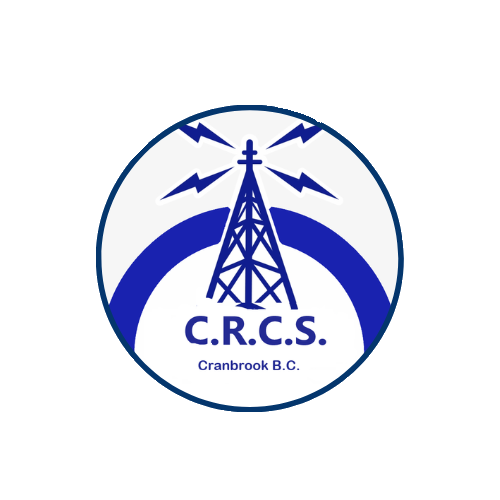Ham radio, also known as amateur radio, is not just about sending and receiving messages; it’s also about connecting and respecting the global community of radio enthusiasts. Proper ham radio etiquette is crucial for maintaining orderly and enjoyable communications. This guide outlines essential do’s and don’ts to help both newcomers and seasoned operators better understand the expectations and standards of conduct on the air.
Understanding Ham Radio Etiquette
Ham radio etiquette encompasses the codes of conduct and operational procedures that ensure all communications are respectful, efficient, and legal. Following these guidelines not only enhances the experience but also fosters a supportive and inclusive ham radio community.
The Do's of Ham Radio
- Listen Before Transmitting
- Before starting any transmission, spend a few minutes listening to ensure the frequency is clear. This prevents interference with ongoing communications and helps identify the right moment to join in.
2. Identify Yourself Correctly
-
- Use your call sign legally and clearly at the start and end of your communications, as well as every ten minutes during a conversation, as required by regulations.
3. Use Plain Language
- While it can be tempting to use slang or jargon, plain language is effective and inclusive, making communications clear to all, especially in emergency scenarios.
4. Maintain Professionalism
- Treat all operators with respect, regardless of their skill level or background. Avoid politics, religion, and other sensitive topics to keep exchanges neutral and friendly.
5. Follow Band Plans
- Adhere to designated band plans to avoid conflicts. These plans allocate specific frequencies for different types of communication, such as contesting, emergency services, or Morse code.
The Don'ts of Ham Radio
- Avoid Channel Hogging
- Be considerate of your airtime, especially on popular frequencies. Long transmissions can monopolize a frequency and prevent others from participating.
2. Steer Clear of Interference
- Do not intentionally interfere with other communications. Proper tuning and listening are key to avoiding overlapping with ongoing transmissions.
3. Refrain from Broadcasting
- Ham radio is intended for two-way communication, not broadcasting music, shows, or advertisements. Keep content appropriate and interactive.
4. Control Your Language
- Use courteous and respectful language. Offensive, racist, or obscene remarks are strictly against amateur radio ethics and regulations.
5. Do Not Transmit Sensitive Information
- Avoid sharing personal or sensitive information over the air, such as addresses, financial details, or anything that could compromise someone’s privacy or safety.
Improving Your Ham Radio Practices
- Participate in Training Sessions
-
- Join local or online training sessions to enhance your understanding of ham radio operations and etiquette. Continuous learning helps improve your skills and adapt to evolving best practices.
2. Get Involved with a Club
- Local clubs often provide mentors and can be a great resource for new operators. Experienced members can offer guidance on etiquette and technical skills.
3. Practice Regularly
- Regular use of your ham radio equipment helps you become comfortable with operational procedures and etiquette. Practice helps ensure you’re ready for all types of communication, especially emergencies.
Understanding and practicing proper ham radio etiquette is essential for all operators. By following these guidelines, the ham radio community becomes a better space for everyone involved, enhancing the enjoyment and functionality of this rewarding hobby. Remember, every transmission reflects not only on you but on the entire amateur radio community. Let’s keep the airwaves respectful and open to all!




